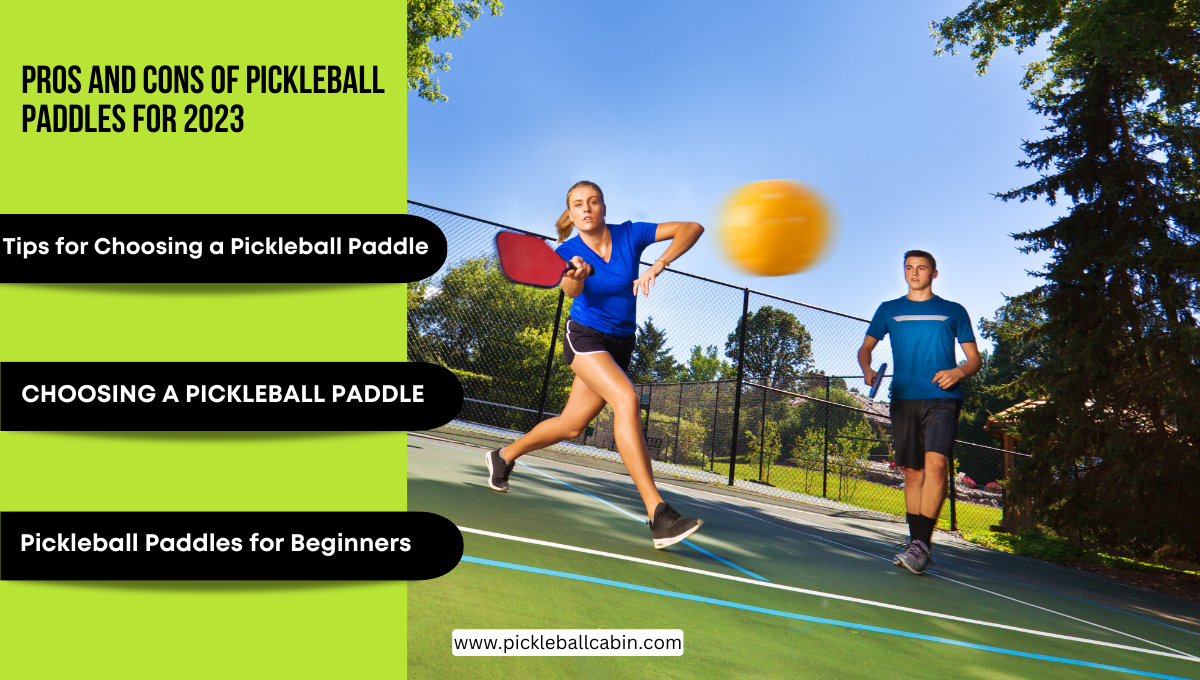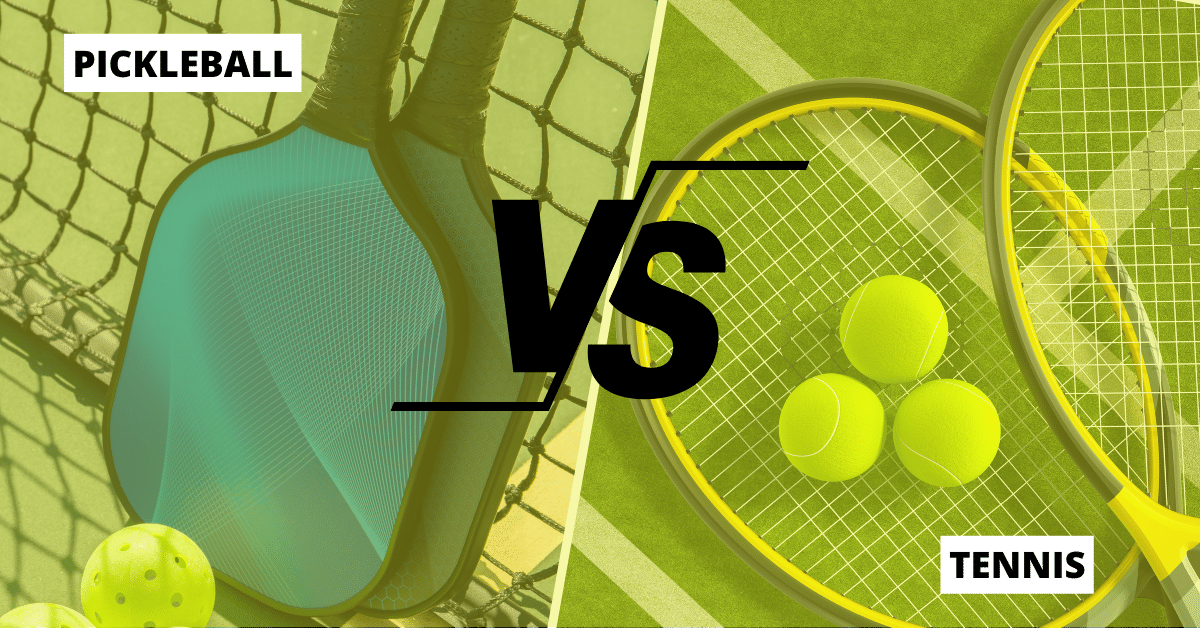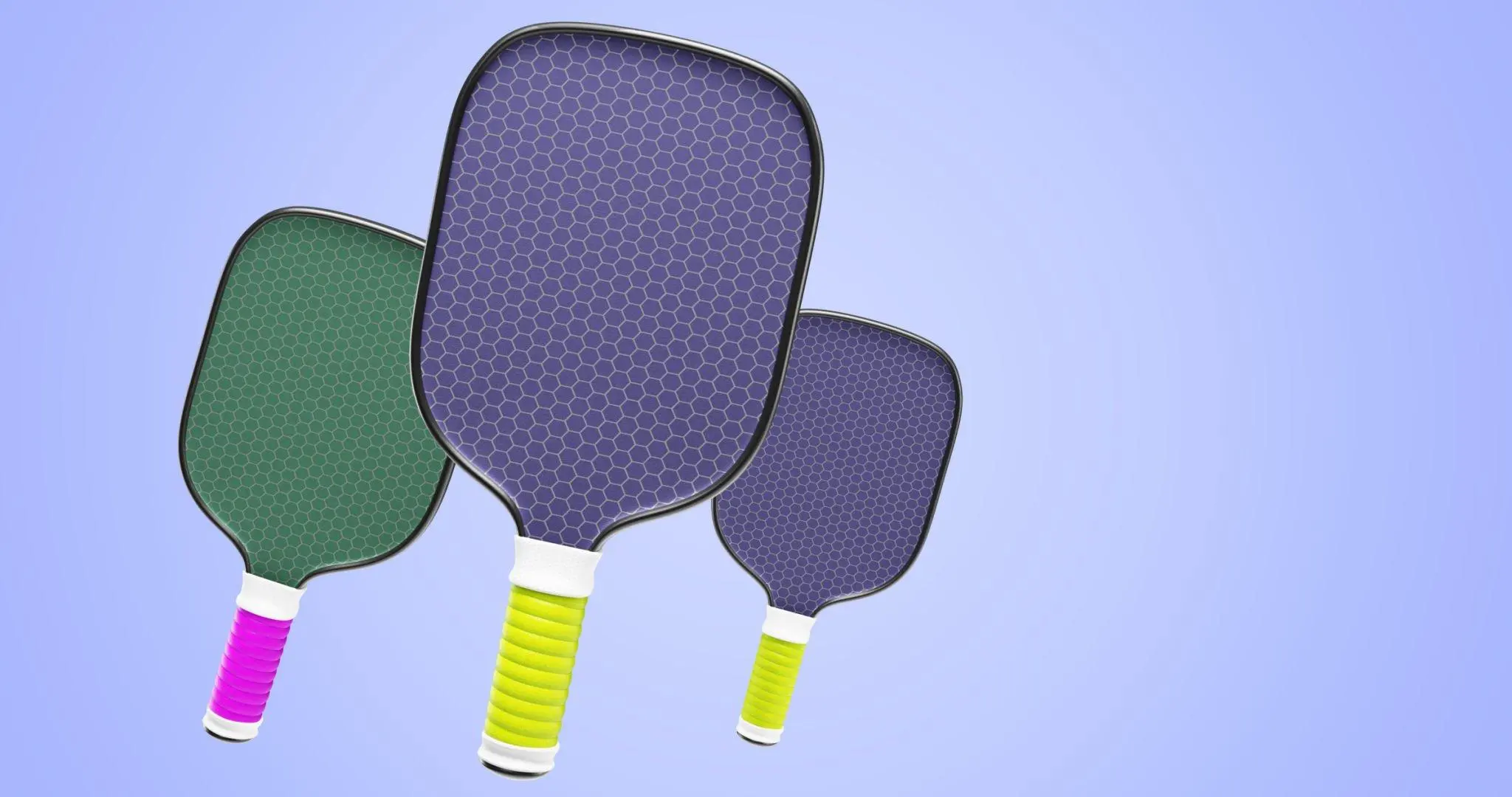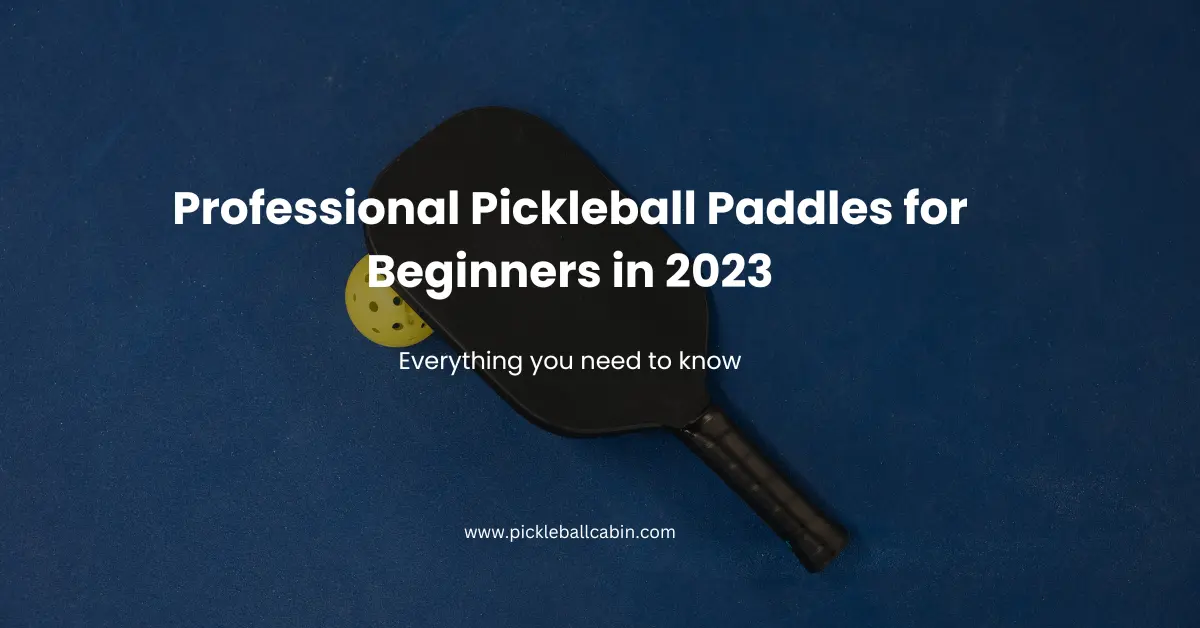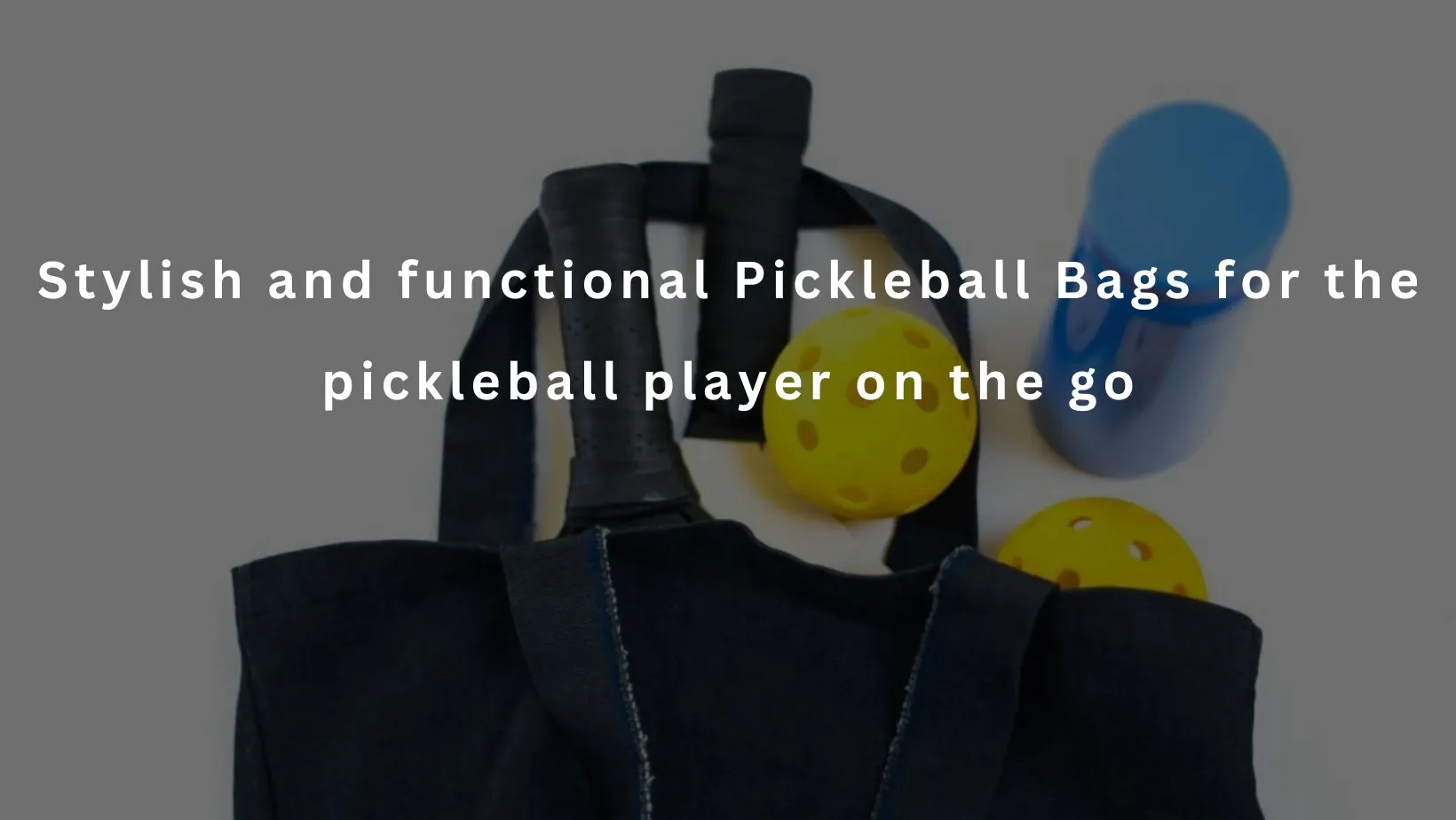How are you all? As a pickleball player who loves the game, I know how important it is to have the right gear, especially the paddles. There are so many choices on the market that it can be hard to pick the right one.
So, I’m going to talk about the pros and cons of pickleball paddles for 2023, so you can Make a choice. Whether you’re an experienced player or just getting started, I hope this guide will help you learn something new and find the right paddle to improve your game. Let’s get started!
Pickleball paddles are specialized rackets used in pickleball, a sport like a mix of tennis and badminton. They are typically smaller and lighter than traditional tennis rackets and have a smooth, flat surface on one side and a textured surface on the other. The textured surface is used for serving and volleying, while the smooth surface is designed for groundstrokes.
Brief Explanation on Types before Pros and Cons of Pickleball paddles
Pickleball paddles can be made from various materials, including wood, graphite, and composite materials. Different types of paddles depend on shapes, sizes, and weights.
There are two types of paddles power paddles and control paddles.
● Control paddles are designed for precision.
● Power paddles are designed for more power.
Pickleball paddles come in various sizes, shapes, and weights, and the right paddle for you will depend on your skill level, playing style, and personal preferences. Finding a paddle that feels comfortable to hold and swing and allows you to control the ball effectively is essential. Before purchasing one, you can try different paddles at a local pickleball club or sports store.
The key factors to consider when Choosing a Pickleball Paddle on the market.
Ultimately, the type of paddle you choose will depend on your preferences and playing style. It’s always wise to test different paddles to see which one feels most comfortable in your hands.
Pickleball paddles are a crucial part of the game, and the right paddle can make a big difference to your performance.
Material, weight, and size should all be considered when choosing a paddle. We will discuss some key factors below:
- Material
- Weight
- Size
Material: The most popular materials for pickleball paddles are wood, composite, and graphite.
● Wooden pickleball paddles are the traditional choice and are known for their durability and classic look. They tend to be heavier than other types of paddle and offer a more muted response when hitting the ball. They’re also usually more affordable than other options.
● Composite paddles are made from graphite and fiberglass and are lightweight and powerful. They’re a smart choice for players looking for a little extra oomph in their shots. Additionally, they are often more expensive than wood paddles.
● Graphite pickleball paddles are made from a composite material that includes a graphite surface and are known for their lightweight and control. They’re an excellent choice for players looking for precision and accuracy in their shots. Because of their graphite face, these paddles can be slightly more expensive than wood or composite.
Weight: Paddle weight is measured in ounces and can range from around 6 ounces to over 9 ounces.
● Lighter paddles are easier to maneuver and are better for players who rely on quick reflexes and fast swings.
● Heavier paddles offer more power behind each shot and are better for players with a lot of arm strength.
Size: Pickleball paddles come in a variety of sizes, with the most common being around 7 inches wide and 15 inches long.
● A giant paddle will give you a wider sweet spot, making it easier to hit the ball. The problem with oversized paddles is that they are more challenging to handle.
● Smaller paddles offer more control but have a smaller sweet spot.
If You are looking for Top rated Pickleball Paddles, you are in the Right spot!
Pickleball paddles are an essential piece of equipment for anyone looking to play the sport of pickleball. You don’t have to fear anything. If you’re new to the game, it can be overwhelming to choose the right paddle. A few things to consider when selecting a paddle are weight, grip size, and the type of material it’s made.
Most beginner players will find it easier to start with a paddle around 7-8 ounces in weight. This weight is comfortable to hold and maneuver, making it easier to control the ball.
The grip size is also significant, as you want to ensure the paddle is comfortable to hold and fits your hand well. A grip size of 4 inches is considered standard, but some players may prefer a smaller or larger size.
Lastly, the material of the paddle can also affect how it feels and performs. Wooden paddles are the most traditional and provide a nice balance of control and power.
Graphite paddles are lightweight and offer a softer touch, while composite paddles are a combination of materials and offer a balance of control and power.
As a beginner, a composite paddle is a viable option as it offers a suitable balance of control and power. And also, you can find many affordable options, so you don’t have to break the bank to get a high-quality paddle.
Note: Before purchasing a paddle, you can always borrow or rent one to try it out.
Experts’ Tips for Choosing a Pickleball Paddle:
Often, professional pickleball players have a lot of experience with different types of paddles and can offer valuable insights into what to look for when choosing one.
| Tips For | Description |
|---|---|
| Weight/Balance | Consider the weight of the paddle, as a heavier paddle can provide more power but may also be harder to control. |
| Grip size | The grip size should fit comfortably in your hand and allow for easy movement. |
| Surface texture | Smooth or textured surfaces can affect the spin and control of the ball. |
| Shape | Paddle shape can affect the sweet spot and overall feel of the paddle. |
| Material | Paddles can be made from various materials such as wood, composite, and graphite. Each material can affect the paddle’s weight, strength, and durability. |
Here are a few recommendations from pro players:
● Look for a paddle with a comfortable grip: Professional players spend a lot of time on the court, and a comfortable grip can make a big difference in their performance. A grip that is too thick or too thin can cause hand fatigue, so it’s imperative to find a grip that feels right in your hand.
● Consider the balance of the paddle: The balance of a paddle refers to where the weight is distributed. A head-heavy paddle will have more weight on the hitting surface, while a handle-heavy paddle will have more weight on the handle. Some players prefer a head-heavy paddle for more power, while others prefer a handle-heavy paddle for more control.
● Look for a paddle with an excellent sweet spot: The sweet spot is the area of the paddle where you get the most power and control. Professional players recommend looking for a paddle with a large sweet spot, as it can help you hit the ball more consistently.
● Brand: Some professional players recommend looking for a brand specializing in making pickleball paddles, as they usually have a high reputation for quality and craftsmanship.
● Don’t be afraid to experiment: Professional players often experiment with various types of paddles to find the one that works best for them. They recommend trying out different paddles with different materials, weights, and sizes to see what feels comfortable in your hands.
Lastly, it’s also wise to consider your playing style when choosing a paddle. Some pro players like more control, others more power, and some like a balance between the two. Keep that in mind when making your decision.
How to Make Your Own Pickleball Paddles at Home?
You will need a few materials and tools to make your pickleball paddles. Here is an essential guide to getting you started:
Materials:
● Plywood or composite board
● Sandpaper
● Epoxy or polyurethane
● Grip tape
● Pickleball paddle template (can be found online)
Tools:
● Saw
● Drill
● Clamps
● Paintbrush or roller
Step by Step Instructions.
1. Measure and mark the dimensions of your desired paddle on a piece of wood. The standard size of a pickleball paddle is approximately 17 inches long and 7.5 inches wide.
2. Cut the wood to the desired dimensions using a saw or jigsaw.
3. Sand down the edges of the wood to smooth them out.
4. Measure and cut the rubber sheet to the same size as the wood core.
5. Apply glue to one side of the wood and one side of the rubber.
6. Carefully press the rubber onto the wood and align the edges.
7. Allow the glue to dry completely.
8. Once dry, you can customize the handle of your paddle using sandpaper, paint, or any other materials you desire.
Note: This is a general guide, and you may have to adjust the steps according to the materials you have and the design you want. Make sure the paddle meets standard regulations before you use it in the game.
Conclusion.
In conclusion, the best pickleball paddle for you depends on your preferences, skill level, and playing style. It’s essential to consider the paddle’s material, weight, and size.
Wooden paddles are durable and classic but heavier. Composite paddles are lightweight and powerful, while graphite paddles are known for their precision and accuracy.
Beginners should start with a paddle of around 7-8 ounces in weight and a standard grip size of 4 inches for comfort and ease of control.
It’s recommended to test different paddles before purchasing to find the one that feels most comfortable and suits your playing style.
